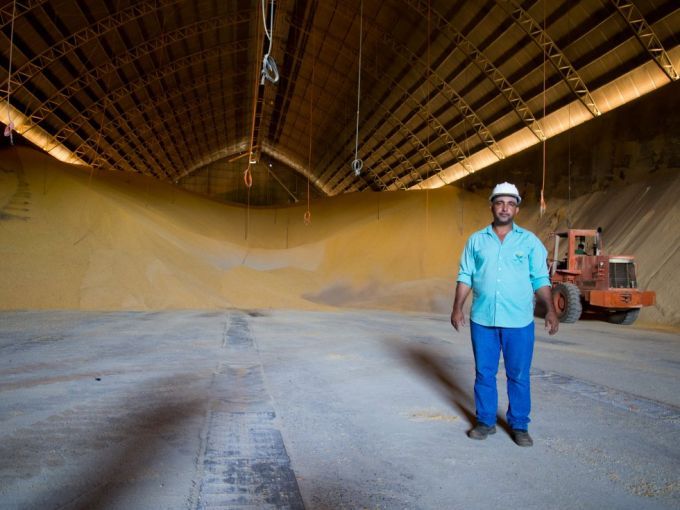From above, the sight of the Amazonian city of Sinop brings to mind the geometric shapes that colonialism engraved on the map of Africa. Soybean and cornfields are oceanic — expanding to infinity, adjoining cattle pastures and jungle areas in perfectly rectilinear confines. This landscape pattern is repeated for hundreds of kilometers to the north, towards the heart of the jungle, in a visual metaphor that summarizes the radical changes experienced by the region in recent decades.
Anyone who knows the history of Sinop, a city founded during the first half of the 1970s, in the north of the Brazilian Amazonian state of Mato Grosso, would explain that these cultivation fields symbolize the victory of the pioneer against the previously indomitable nature. The area that today holds a municipality with its own airport and paved streets was covered by a thick blanket of Amazon forest, inhabited by jaguars, anacondas, and centuries-old tree species until just four decades ago. Then the settlers began to arrive, motivated by policies encouraging frontier expansion during the Brazilian military dictatorship (1964-1985).
To read the full story in Portuguese, click here.
Do alto, a imagem que a cidade amazônica de Sinop oferece de si mesma traz à memória as formas geométricas que o colonialismo gravou no mapa da África. Os campos ocres de soja e milho, que se estendem ao infinito, se limitam com pastos de gado e áreas de selva em confins perfeitamente retilíneos. É uma paisagem que se repete por centenas de quilômetros rumo ao norte, ao coração da floresta, em uma metáfora visual que resume as mudanças radicais vivenciadas pela região nas últimas décadas.
Quem conhece a história de Sinop, uma cidade fundada durante a primeira metade da década de 1970, ao norte do Estado amazônico de Mato Grosso, diz que esses campos de cultivos simbolizam a vitória do migrante pioneiro sobre a natureza mais indomável. A área onde hoje está esse município com aeroporto próprio e ruas asfaltadas era, há apenas quatro décadas, um espesso manto de Amazônia habitado por onças, cobras e espécies de árvores centenárias. Até que começaram a chegar os colonos incentivados pela política de abertura de fronteiras da ditadura militar brasileira (1964-1985).
